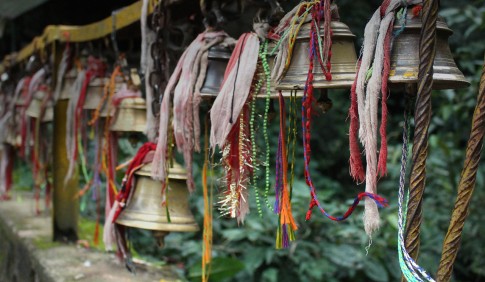How to Make a Mask Senegal Style, With Papa Laye (video)
Posted On
07/24/20
Author
Dragons HQ

07/24/20
Dragons HQ
05/15/20
Frances McMillan, West Africa Semester Alumnus
10/18/19
Dragons HQ
09/27/18
Megan Fettig - Co-Director of Adult Programs
01/04/18
Dragons HQ
12/20/17
Dragons HQ